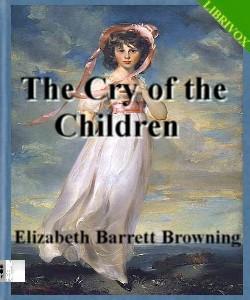 Feminism was never better defined than it was by two women: Virginia Woolf and Mina Loy. Both women wanted more freedom and independence for women during a time when women were still held back by the confines of society. However, both women differed in opinion on the definition of feminism and how said independence should be obtained.
Feminism was never better defined than it was by two women: Virginia Woolf and Mina Loy. Both women wanted more freedom and independence for women during a time when women were still held back by the confines of society. However, both women differed in opinion on the definition of feminism and how said independence should be obtained.
Virginia Woolf defines feminism as a woman that could secure financial means for herself, effectively gaining a space for herself, or, as the title of her famous essay suggests, "A Room of One's Own", (Greenblatt et al, 2006). In her collective narrative, she tries to come to terms with how it would be possible for a woman to be financially independent, because women could not own property and were considered property themselves.
 Mina Loy believes that woman should not only have their own money and place to live, but that they should own the entire world. She wanted women to "be brave and deny at the outset--that pathetic clap-trap war cry woman is the equal of man---she is not!" (Greenblatt et al, 2006). To Loy, women and men are equal; women are above men and should shove their way to the top.
Mina Loy believes that woman should not only have their own money and place to live, but that they should own the entire world. She wanted women to "be brave and deny at the outset--that pathetic clap-trap war cry woman is the equal of man---she is not!" (Greenblatt et al, 2006). To Loy, women and men are equal; women are above men and should shove their way to the top.
Woolf asserts her standpoint quietly, while Loy presents her ideas with passionate abandon. Loy seems almost angry at times during her manifesto, and perhaps she has a right to be. Woolf may have been angry internally, but her writing style is objective, if not a bit depressed.
The sometimes tedious diction of Woolf made it hard to follow sometimes. It is as if she wrote down her thoughts themselves, and as thoughts do, her sentences became run-on sentences that had many different avenues for the reader to follow. Loy's style made it a bit easier to read, because she was so direct. There was no mistaking her views, or her disdain for all men.
One thing that both of the writers seemed to agree on was the "effect of tradition and of the lack of tradition upon the mind of a writer," (Greenblatt et al, 2006).
References:
Greenblatt, et al. [Eds]. (2006). The Norton Anthology of English Literature: The Romantic
Period Through the Twentieth Century [vol. 2] (8th ed.). New York,
NY: W.W. Norton & Company, Inc.

